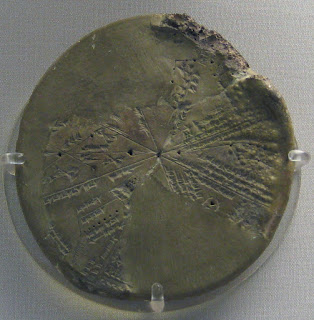The 9.000 Year-Old Riddle of the Sphinx
I just finished reading Martin Sweatman's Prehistory Decoded and I must say I am impressed. In his great book Professor Sweatman presents convincing evidence that the Sphinx in Giza was built around 7.000 BC. So now we have two serious scientists placing the creation of the Sphinx many millennia earlier than the conventional dating, both having reached this conclusion using completely different methods. Robert Schoch based his research on Geology. Martin Sweatman based his research on Archeoastronomy. What a shock - or I should say schoch - for mainstream scientists.

